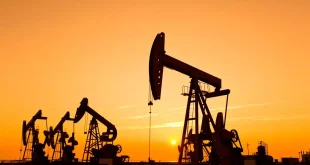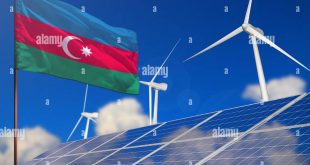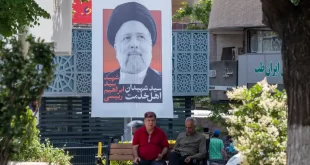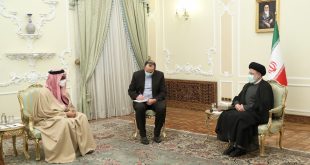A recent expression of doubt by Patrick Pouyanné, the chief executive officer of France’s energy giant Total, whether to carry out cooperation with Iran has strengthened worries over the fate of Iran’s energy development projects.
Omid Shokri, a Washington-based energy analyst, told Trend November 18 that “Total or any other oil and gas company is interested to have good relations with US,” adding, it is possible for Total to withdraw from South Pars field.
Total’s chief executive officer last week said under political pressure, his company is liable to leave the $4.8 billion deal with Iran. “If we cannot do that for legal reasons, because of [a] change of [the] regime of sanctions, then we have to revisit it,” he said.
Total last week increased its US presence with the purchase of a portfolio of liquefied natural gas assets from Engie (ENGIY), including the company’s stake in the Cameron LNG project in Louisiana, one of the first new gas export terminals in North America.
Sealed a few months ago, the deal with Total over the development of South Pars gas field used to be vied by Iran as an icebreaker and itself a discouragement for new sanctions on Iran.
However, last month US President Donald Trump unveiled a tough and comprehensive new policy towards Iran. He accused Tehran of violating the 2015 nuclear accord (which had paved the way for removal of sanctions) and announced that he would no longer certify that the lifting of sanctions was in US interests.
Shokri believes that major to-be partners of Iran’s oil and gas companies are waiting for US Congress decision about Iran and nuclear agreement.
This is while Iran used to cherish the nuclear deal as a means to open way for the development of its oil and gas industries, which had been kept outdated by years-long sanctions.
Iran’s economy is heavily oil-dependent. In the early 2010s, sanctions efficiently stifled the country’s oil revenues as its exports dropped from 2.3 mbpd to 1 mbpd.
Iran’s oil, gas, and petrochemical infrastructure are not by far as efficient as they could. Many of the country’s oil fields are in the second half of their lives and need restoration or else they lose profitability.




